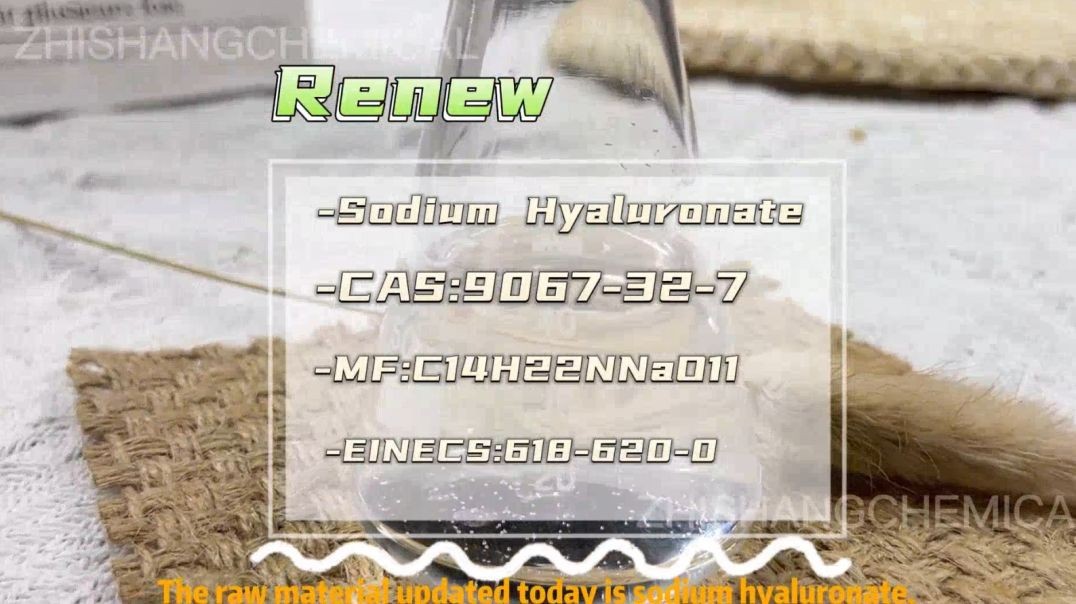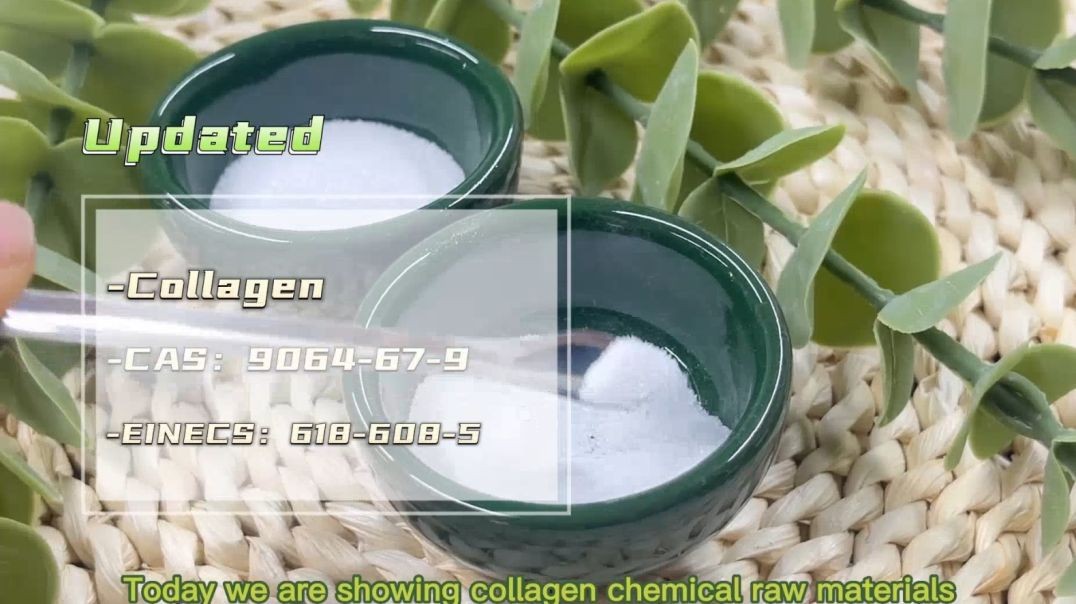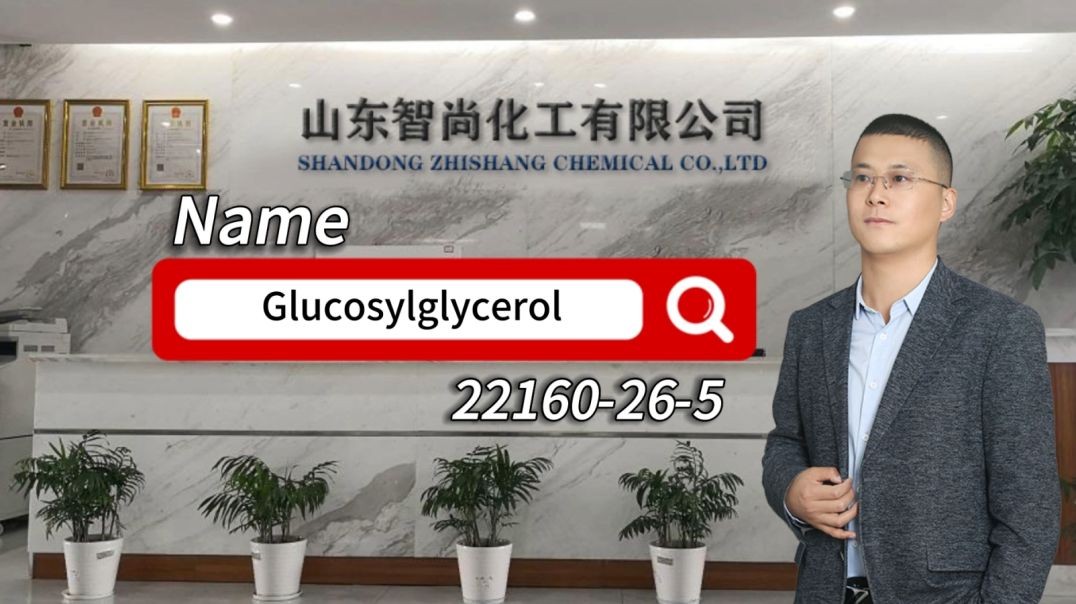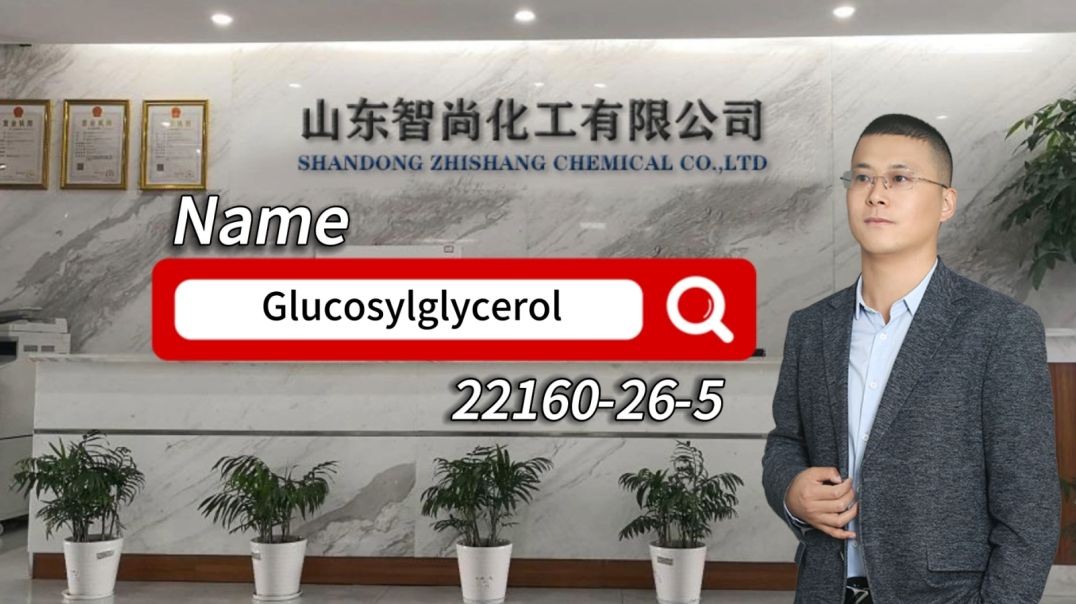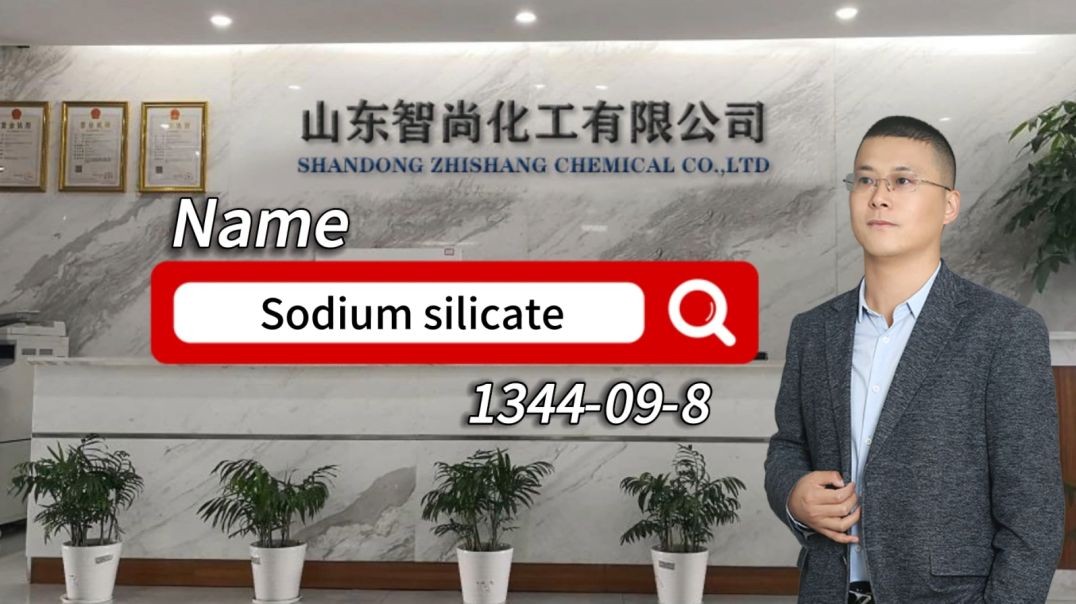Application of glycerol
Glycerol, also known as glycerol, is a colorless, odorless, and sweet viscous liquid. Boiling point 290 ℃, melting point 17.9 ℃, relative density 1.2613. It is infinitely miscible with water and anhydrous glycerol has strong water absorption.
Glycerol has weak acidity and can react with alkaline hydroxides, such as copper hydroxide, to produce brightly colored blue glycerol copper (which can be used to identify polyols).
Due to its hygroscopicity, glycerol is commonly used as a moisture absorbing and moisturizing agent in cosmetics, leather, tobacco, food, and textiles. Glycerol also has a moisturizing effect on the intestines and can be used for enema or made into suppositories to treat constipation.
Glycerol reacts with diacids to produce alkyd resin, which is widely used in paints and coatings. Glycerol is widely present in the form of esters in nature. Various animal and vegetable oils and fats are carboxylic acid esters of glycerol, and hydrolysis of oils and fats can yield fatty acids and glycerol. At present, one of the main sources of glycerol is a byproduct of the soap industry (oil hydrolysis under alkaline conditions), and the other source is the preparation of propylene from petroleum cracking gas
